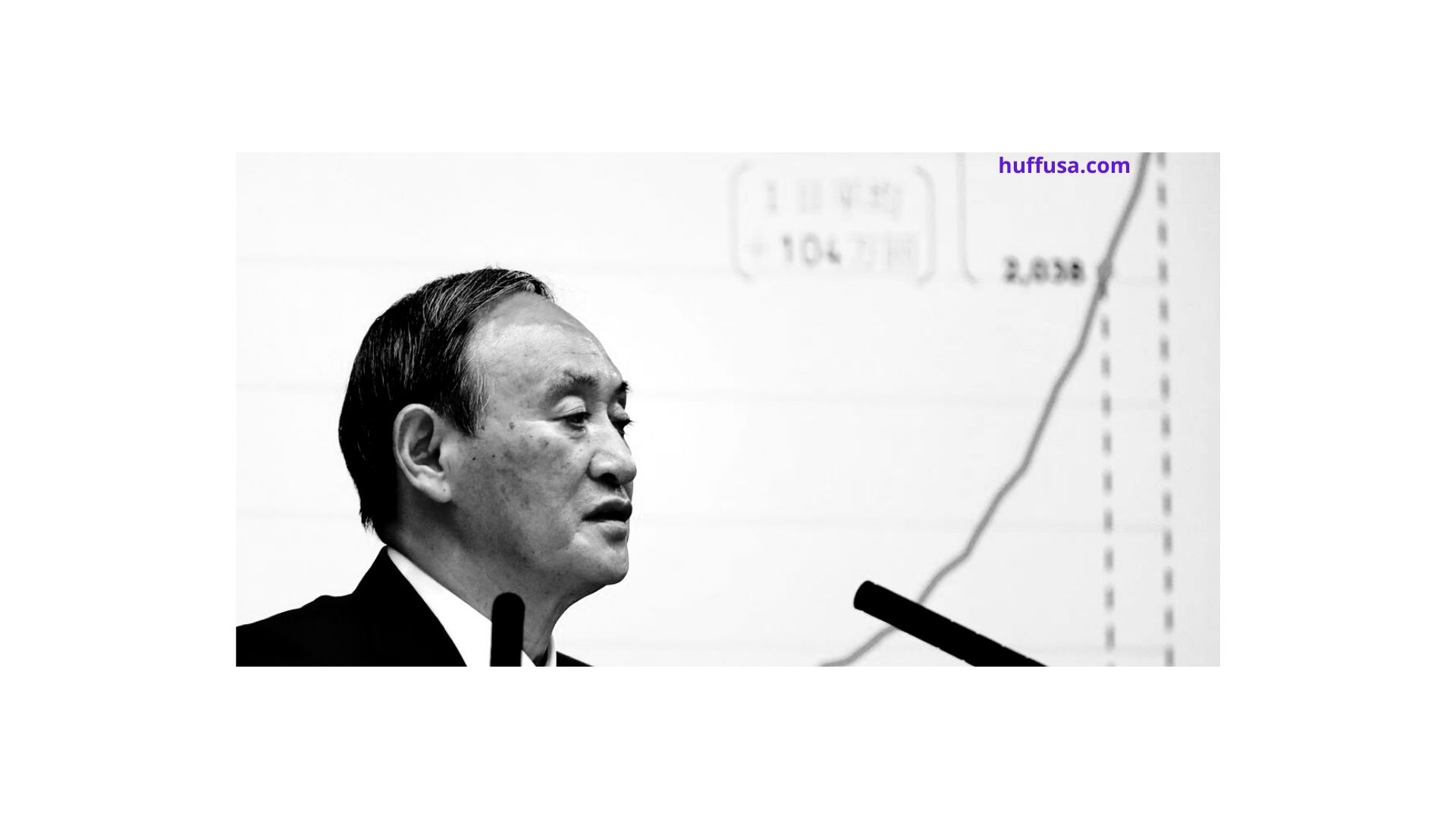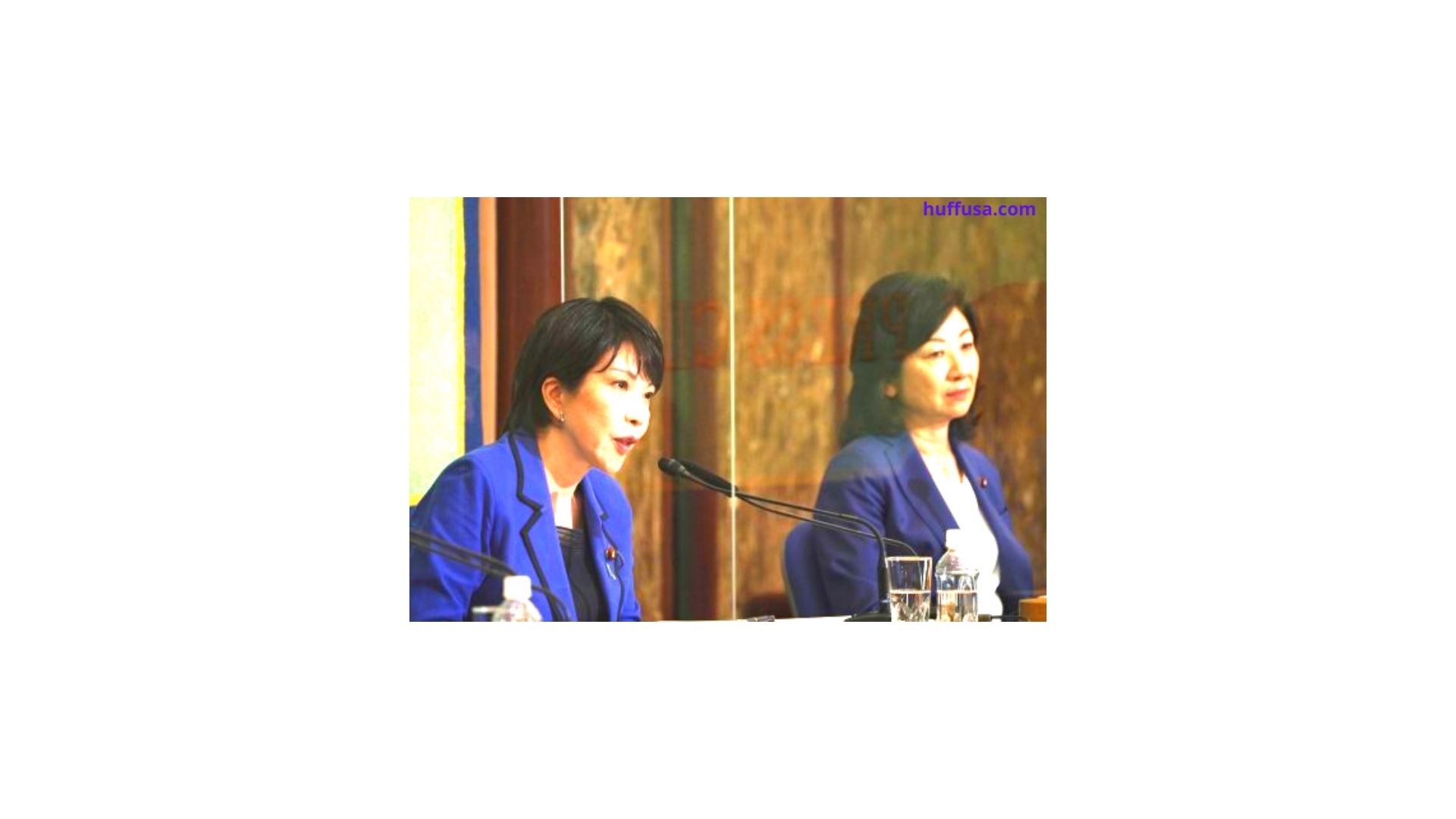Japan’s ruling party is voting for a replacement leader who will almost certainly become subsequent prime minister, after incumbent Yoshihide Suga announced he was stepping down after just a year within the job.
None of the four candidates, who include two women, won a majority in Wednesday’s initial vote to go the Liberal Democratic Party (LDP).
A runoff will now be held between the highest contenders, Fumio Kishida, 64, a former secretary of state and a consensus-builder saddled with a bland image, and Taro Kono, the 58-year-old vaccines minister who is seen as something of a maverick and who previously held the positions of defence and secretary of state .
Kishida got 256 votes, while Kono received 255.
The initial vote involved 382 LDP legislators and an equal number of rank-and-file party members.
The second round involves the legislators and one party representative from each of Japan’s 47 regions. The winner will got to secure 215 votes out of a complete of 429 available.
While polls show Kono is hottest among members of the general public , some projections favour Kishida during a run-off scenario because more conservative factions of the party are expected to vote to dam Kono.
Ahead of the vote, Kishida told reporters that he was “convinced” of his victory, while Kono said: “I’ve done what I should. i will be able to now just await the decision .”
The new party chief is predicted to become subsequent prime minister because the LDP holds a majority within the parliament’s powerful lower house.
A election must be held by November 28.
The other contenders in Wednesday’s vote were Sanae Takaichi, 60, an ultra-conservative former former internal affairs minister, and Seiko Noda, 61, from the party’s dwindling liberal wing.
A win by either Kono or Kishida is unlikely to trigger an enormous shift in policies as Japan seeks to deal with an assertive China and revive an economy hit by the pandemic.
In the run-up to Wednesday’s vote, Kono, Kishida and Noda stressed the necessity for dialogue with China as a crucial neighbour and trade partner, and every one four candidates support maintaining close “practical ties” with Taiwan, the self-governing island that China claims as its own.
Takaichi, who is backed by Suga’s predecessor, former Prime Minister Shinzo Abe, has been more outspoken on issues like acquiring the power to strike enemy missile launchers.
She has also made clear, that as prime minister, she would visit the controversial Yasukuni Shrine, seen in Beijing and Seoul as a logo of Japan’s past militarism. Kono has said he wouldn’t .
The candidates have also clashed over cultural values, with Kono favouring legal changes to permit couple and separate surnames for married couples, anathema to conservatives like Takaichi.
Noda, meanwhile, had pledged to aim for ladies to form up half her cabinet if elected.
Last year, the varied factions of the ruling party rallied around Suga – the uncharismatic but loyal deputy to Abe who quit for health reasons after eight years within the job. Suga’s approval ratings plunged over his handling of the COVID-19 pandemic and his determination to push ahead with the Olympic Games, and last month he announced his resignation.
Japan’s coronavirus-related state of emergency is thanks to be lifted on Friday after a pointy drop by daily cases and deaths. The country has been hit less severely by COVID-19 than many other countries, recording about 17,500 deaths during a population of 125 million, but the emergency rules have left many businesses struggling amid complaints of little help from the govt .
On Tuesday, Suga said whoever replaces him would have plenty to stay them busy.
“I believe Japan stands at an important moment,” he said.
“There may be a falling birth rate and a greying population. the safety environment is rapidly changing. The new coronavirus has illuminated Japan’s lag in di
“The next prime minister should be one who exercises their power … it’s important that the person is in a position to try to to their best under many various conditions.”




